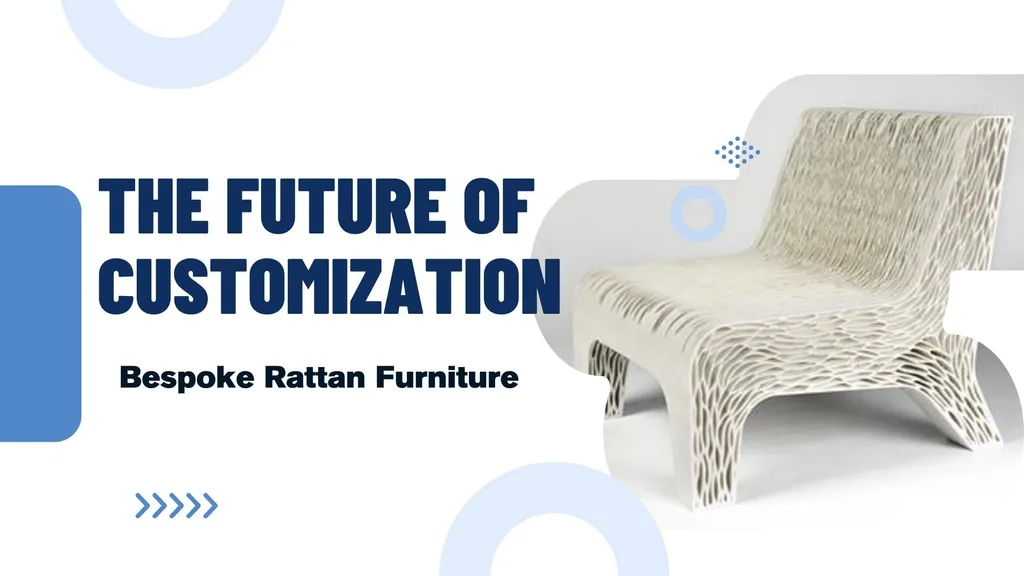Contents

In the vibrant world of bamboo handicrafts, artisans blend tradition with innovation to create products that stand out in a competitive market. By combining cultural heritage with modern demands, bamboo craftsmen can carve a unique niche. Below, we explore key strategies—design innovation, sustainability, niche markets, pricing, branding, digital platforms, collaborations, and technology—that enable artisans to differentiate their offerings and captivate global audiences.
Blending Traditional and Modern Design
Bamboo handicrafts thrive on the fusion of traditional techniques and modern aesthetics. Artisans can leverage centuries-old weaving methods, rich with cultural storytelling, while incorporating minimalist or functional designs that appeal to contemporary consumers. For example, a traditional bamboo basket can be reimagined with sleek lines to suit modern home décor, attracting both cultural enthusiasts and trend-driven buyers. This balance creates products that honor heritage while meeting today’s lifestyle needs, setting artisans apart in a crowded market.
Embracing Sustainability as a Core Strategy
Sustainability is a powerful differentiator in the bamboo handicraft sector. Bamboo’s rapid growth and minimal environmental impact make it a natural choice for eco-conscious consumers. Artisans can enhance this appeal by using organic or recycled materials, adopting low-waste techniques, and sourcing bamboo locally to reduce emissions. Highlighting these practices not only attracts environmentally aware buyers but also builds a narrative of responsibility, positioning products as both beautiful and ethical.
Targeting Niche Markets with Customization
Catering to niche markets through personalized offerings allows artisans to connect deeply with consumers. By offering customizable options—such as tailored sizes, finishes, or engravings—artisans meet the growing demand for unique, bespoke products. For instance, a bamboo vase with a custom motif can resonate with buyers seeking meaningful gifts. Engaging customers through digital platforms and feedback mechanisms further refines these offerings, fostering loyalty and emotional connection.
Strategic Pricing for Market Positioning
Pricing strategies shape how bamboo handicrafts are perceived. A cost leadership approach, optimizing production and sourcing, appeals to price-sensitive buyers with affordable yet quality products. Conversely, a premium pricing model emphasizes exquisite craftsmanship and exclusivity, targeting consumers who value unique designs and cultural significance. A hybrid approach—offering a core range at competitive prices and an elite line for discerning buyers—can broaden market reach while maintaining profitability.
Crafting Authentic Brand Narratives
Effective branding transforms bamboo handicrafts into stories that resonate. Artisans should share their personal journeys, traditional techniques, and commitment to sustainability to build trust and loyalty. For example, showcasing the cultural significance of a weaving pattern or the eco-friendly journey of a product creates an emotional bond with consumers. Incorporating sensory elements, like bamboo’s natural texture, into branding materials enhances recall and strengthens market identity.
Leveraging Digital Platforms for Global Reach
Online platforms are essential for expanding market presence. E-commerce sites like Etsy or Shopify provide global storefronts, while SEO strategies using keywords like “sustainable bamboo crafts” boost visibility. Social media platforms, such as Instagram and Pinterest, are ideal for showcasing the artistry of bamboo products through engaging visuals and storytelling. Collaborating with influencers and using analytics to refine strategies further amplifies reach and consumer engagement.
Fostering Collaborations for Innovation
Partnerships with local artisans, designers, or brands spark creativity and broaden market appeal. Collaborative designs that blend traditional techniques with modern aesthetics produce innovative products, while co-branding enhances authenticity. Workshops and skill-sharing events engage consumers and preserve cultural heritage, strengthening community ties and positioning artisans as leaders in the handicraft industry.
Integrating Technology for Efficiency
Modern tools enhance production without compromising artisanal quality. Automated cutting machines ensure precision, while digital design software enables artisans to experiment with intricate patterns. E-commerce platforms streamline transactions and provide consumer insights, allowing craftsmen to scale operations and respond to market trends. By embracing technology, artisans maintain the soul of their craft while meeting contemporary demands.
Bamboo handicraft makers can thrive by weaving tradition, innovation, and sustainability into their differentiation strategies. From unique designs and eco-friendly practices to personalized offerings and digital outreach, these approaches create products that resonate globally while honoring cultural roots. Ethical Handicraft Manufacturer (EHM) exemplifies this balance, crafting bamboo products that blend heritage with modern appeal, inviting consumers to embrace both artistry and responsibility.





